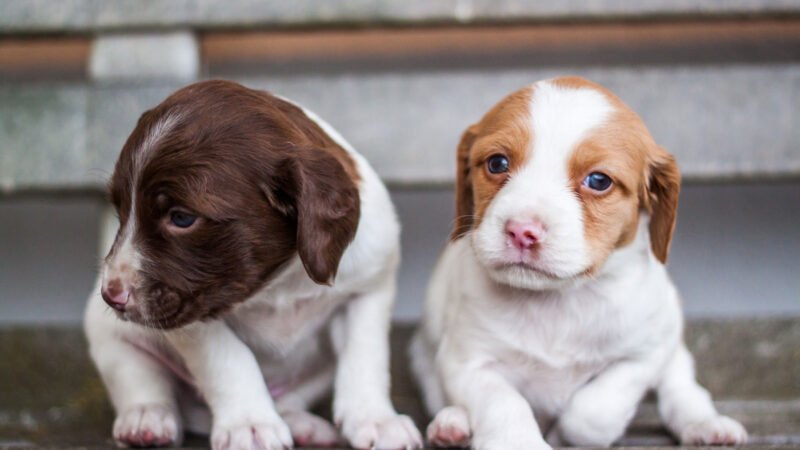How to Groom a Puppy for the First Time?
Grooming a puppy is more than just keeping them clean—it plays a crucial role in behavioral training and emotional development. Done right, the first grooming session can shape your puppy’s lifelong attitude toward bathing, blow drying, nail trimming, and brushing. In this guide, you’ll learn when to start grooming your puppy, how to make it a positive experience, which grooming tools to use, and breed-specific tips for popular dogs like Poodles, Corgis, Golden Retrievers, Shiba Inus, and Bichons.

1. When Should You Start Grooming Your Puppy?
Most puppies can start basic grooming around 8 to 10 weeks of age, after their first round of vaccinations. This is also their socialization window—the ideal time to introduce new experiences in a safe, calm environment. Begin with light brushing, gentle towel drying, letting them hear the sound of a hairdryer, or touching their paws to prepare for nail trims.
2. Positive Training Tips: How to Make Puppies Enjoy Grooming
To prevent fear or resistance, introduce grooming as a rewarding and relaxed activity:
Familiarization First: Let the puppy sniff and explore the bathtub, brush, or blow dryer without turning them on.
Reward-Based Training: Give treats or verbal praise after each step, like standing still or calmly getting brushed.
Break It Down: Don’t rush to complete a full bath and grooming in one go. Split it into small, manageable sessions.
Use Calming Signals: Gentle ear strokes, a soothing voice, or relaxing background music can ease nervous pups.
3. Breed-Specific Puppy Grooming Tips
Each breed has unique grooming needs depending on coat type, skin sensitivity, and temperament. Tailor your approach accordingly:
Poodle (Toy/Miniature)
Curly hair tangles easily—start daily brushing early. Use a wide-tooth comb and detangling spray to avoid painful knots.
Smart but sensitive—introduce low-noise blow dryers gradually.
Corgi
Double-coated and heavy shedders. Begin frequent brushing early to manage loose fur.
High-energy—tire them out with play before grooming for better cooperation.
Golden Retriever
Dense fur takes longer to dry—train them to stand calmly for longer grooming sessions.
Watch for ear infections due to trapped moisture—keep ears dry during baths.
Shiba Inu
Independent and touch-sensitive. Use bite-proof muzzles during grooming if needed.
Keep sessions short and rhythmic to avoid triggering aggression.
Bichon Frisé
Sensitive skin and curly coat—use fragrance-free, low-irritation shampoos.
Emotionally reactive—owner presence during grooming helps ease stress.
4. Best Grooming Products for Puppies: What to Look For
Puppies have delicate skin and should not use adult dog grooming products. Choose items made specifically for young dogs to avoid dryness, irritation, or allergic reactions.
Shampoo Recommendations:
Look for tear-free, soap-free, low-foam formulas with natural ingredients like oatmeal, aloe vera, or coconut oil.
Avoid strong fragrances, alcohol, and artificial dyes.
Brushing Tools:
Use rubber massage brushes or silicone glove brushes for early training.
For long-haired puppies, add a leave-in conditioning spray to make detangling easier.
Blow Dryer Tips:
Choose a quiet, low-heat pet dryer to prevent burns and reduce stress from loud noise.
Dental & Nail Care:
Use rounded nail clippers with safety guards.
For teeth brushing, choose soft-bristled finger toothbrushes made for puppies.
